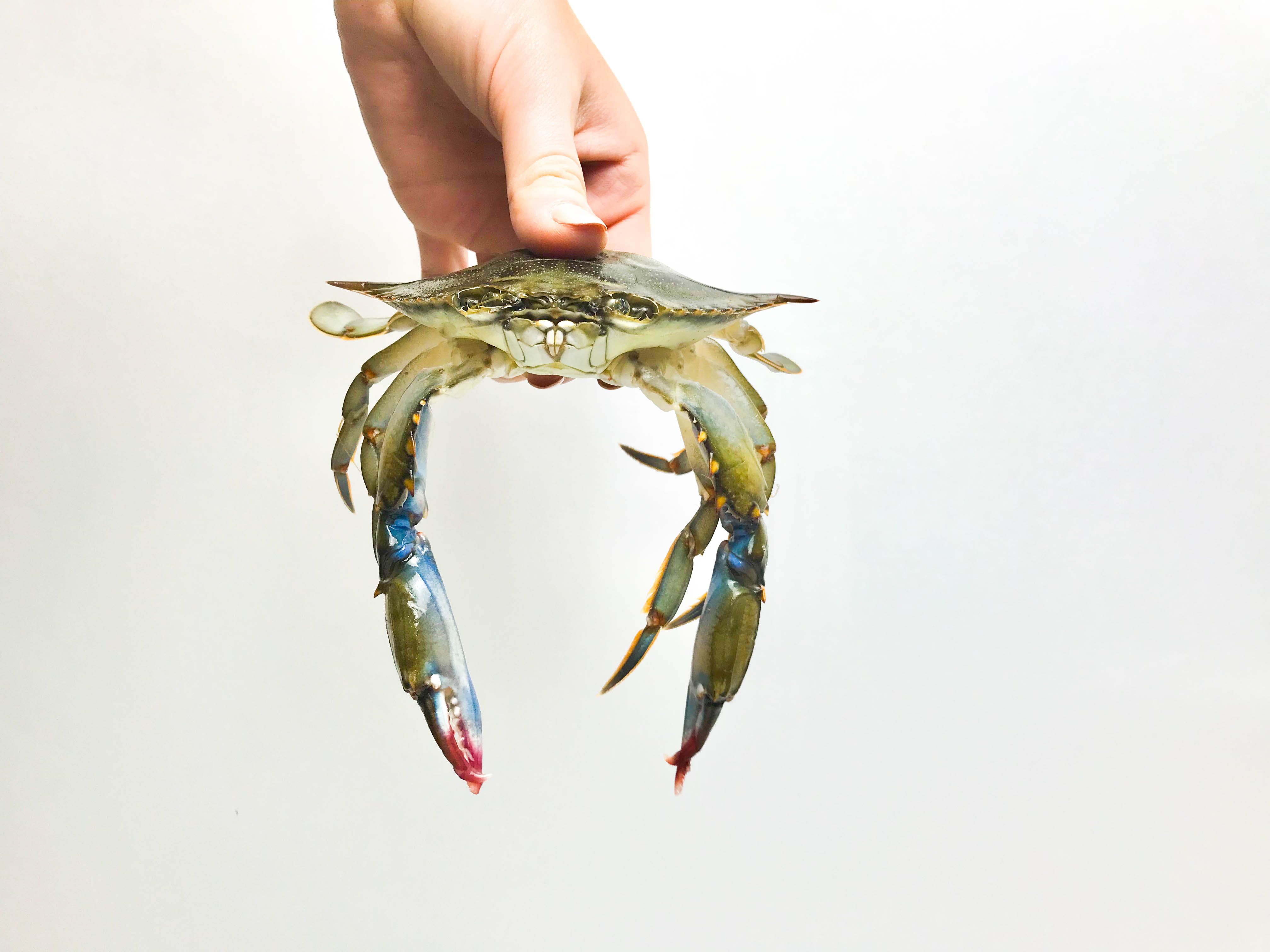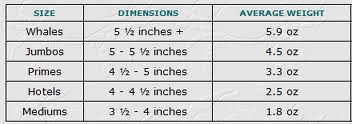
Spring to early summer is when soft shell crabs make their grand appearance. If you have had the pleasure of eating soft-shell crab, you understand that it tastes just as fabulous as a hard-shell crab, without the tedious work of cracking open the thick shell and removing the meat, which makes it one of our favorite ways of eating crab.
A lot of customers come to us with the question, what type of crab is soft-shell crab? And the answer is simple, the same as our hard shells! Contrary to what some believe, soft-shell crabs are not a different species, they have just grown too big for their shells.
Like lobsters, when crabs grow into the size of their hard shell, they shed that shell. This leaves them with a brand new, paper-thin soft shell, which then hardens over the course of a few days. During this time, the crab sucks in water to expand the new shell to its maximum size, leaving it space to grow another year (or more). This process is called molting, and it’s done multiple times over the course of a crab’s life. That window of time between the molting and the hardening of the shell is when a soft-shell crab fisherman is seeking their catch.
This poses some obvious challenges to the fishermen, so they’ve now figured out a trick to ensure that all the crabs they catch will be soft shell. Fisherman catch the crabs before they’ve molted, and hold them in saltwater tanks. As soon as they are finished molting, they are pulled from the water, ensuring that the new exoskeleton doesn’t harden.
The two soft shell crab questions we hear the most are, “how do I clean soft shell crab?” and “How do I cook soft shell crab?” Stay tuned to our blog and our Facebook page to learn how to clean soft-shell crabs, as well as cook them, effortlessly, in the most fantastic recipe later this week. Here’s a hint: hamburger isn’t the only thing that is good between two buns
*For anyone interested in the sizing of soft-shell crabs, we have included a chart below. The soft-shell crabs we will be receiving are the primes, which run 4.5-5 inches, with an average weight of 3.3 ounces.


Down south (where I lived on the Gulf) these soft shelled crab burgers are called (Spider Sandwiches). There’s nothing better!
Bill and I watched about a dozen crabs molt that May afternoon, and were thrilled when Randolph wrapped up the soft shells for our dinner. They came with strict instructions: “Cook ’em quick, and don’t do much to ’em. All they need is a hot pan, butter, flour, and lemon.” We took heed, and cooked up some of the sweetest, most delicious soft shells I’ve ever tasted. I wrote down Randolph’s recipe for sauteed soft shells, along with lots of ideas for serving them in everything from sushi rolls to salads to sandwiches.